
Discovery of the M31 [OIII] emission arc
Recently, a major discovery by an international team of amateur astronomers and scientists has become a huge online hit, and this new discovery is just located in one of the
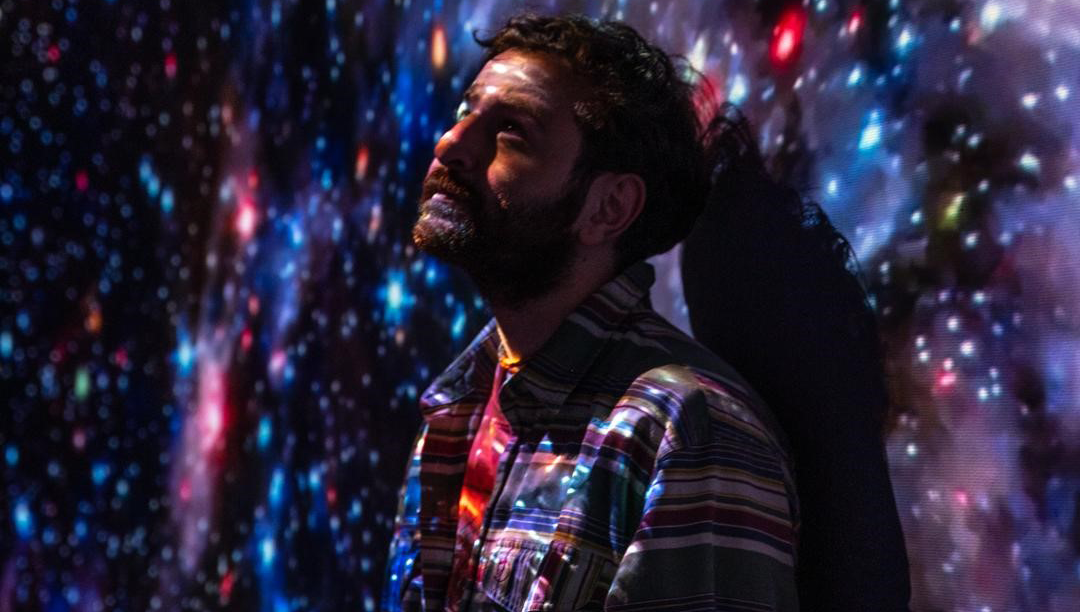
Hello Sandro, thanks for accepting our interview invitation. Congratulations on winning the ASIWEEK competition in week #24/2024!
Thank you very much, I’m truly honored that my Great Hercules Cluster photo was recognized in #ASIWEEK. My name is Sandro Shugladze, and I reside in Tbilisi, the capital of Georgia. Professionally, I work as a videographer.
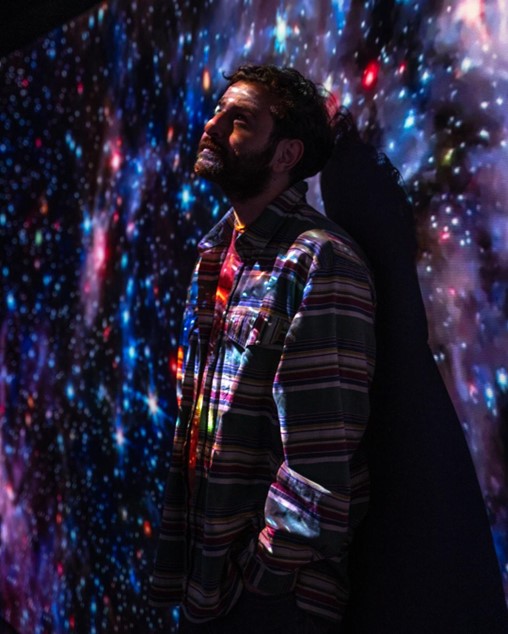
I began my journey in astrophotography in the summer of 2020. when I visited the village of Bakhmaro. Situated at an elevation of 2000 meters, Bakhmaro is renowned for its exceptionally dark skies. Eager to capture the beauty of the night sky, I embarked on a journey armed with my camera, hoping to photograph mesmerizing time-lapses.
With my limited knowledge at the time, I was thrilled to discover that the core of the Milky Way was visible during the summer months. That night, I meticulously captured the entire motion of the Milky Way with my camera. Upon reviewing the files at home, I was utterly shocked and deeply inspired by the breathtaking imagery I had captured. It was a truly mind-blowing experience that surpassed all my expectations.
This encounter catalyzed my journey in astrophotography. Witnessing the capabilities of my camera opened my eyes to the endless possibilities of capturing the beauty of the cosmos. From that moment on, I dedicated myself to honing my skills and exploring new horizons in astrophotography.
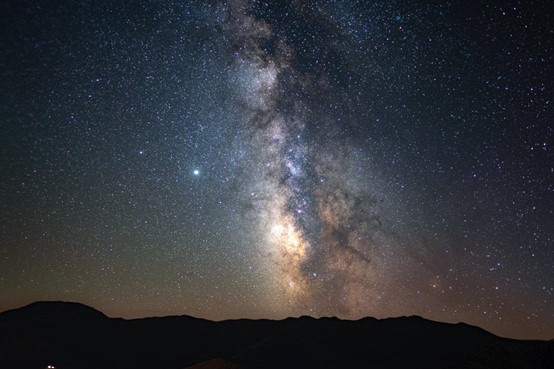
Astronomy is a constant source of wonder for me. It’s the exploration of the unknown and the beauty of the cosmos that truly captivates my heart. It’s a reminder of our place in the universe and the boundless possibilities of discovery. Moreover, it brings me peace of mind and gives me strength in living
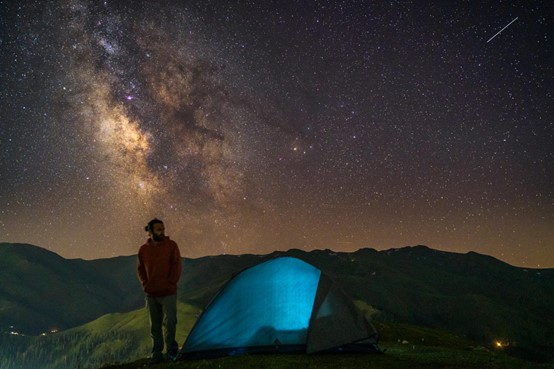
The winning photo was captured in my friend’s village called Bulachauri. I was fortunate as half of the sky was covered by clouds, but the area where the Great Hercules Cluster was situated remained clear throughout the night. This target had been a dream of mine since I started astrophotography, and I finally had the opportunity to capture it after acquiring the new ZWO AM5 tracker. I was able to gather excellent data that night, despite the challenges. I often travel to remote, dark-sky locations with my car to capture such images. Although I was sleepless the next day, the experience was entirely worth it. Over the past three years, I’ve continually refined my post-processing skills, and I had a clear vision from the outset of how I would edit this particular image.

I utilize a ZWO AM5 mount, ZWO 533MC-Pro camera, Sky-Watcher Quattro 150P, William Optics RedCat 51 telescopes and Rokinon 135mm lens, ZWO 120mm guide camera, Jackery 240WH power supply, Zwo EAF and software such as N.I.N.A. (Nighttime Imaging ‘N’ Astronomy) and PHD2 for guiding
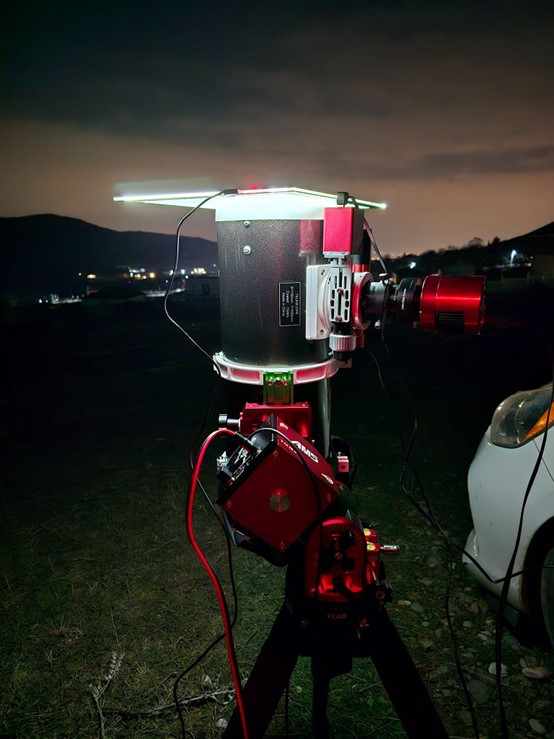
My favorite astronomical target that I’ve had the pleasure of photographing is the Horsehead Nebula
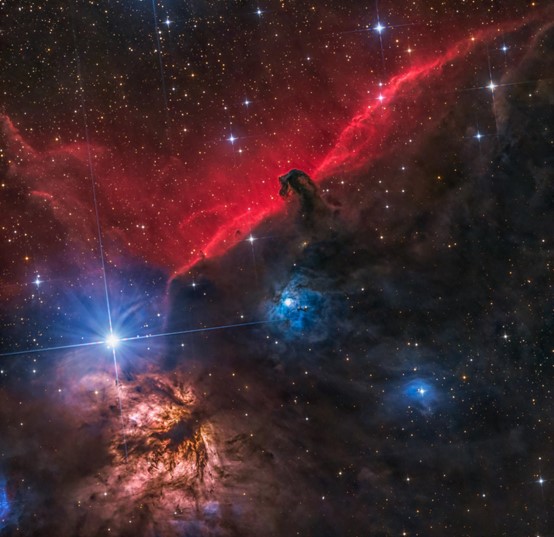
In my region, we generally have dry air, although it can be windy at times. Fortunately, it only takes about an hour by car to reach a Bortle 3 zone from Tbilisi, which is classified as a Bortle 7 area. Unfortunately, clear nights are not as frequent in Georgia, so I’ve invested in a fast reflector telescope to efficiently collect data when the conditions allow.
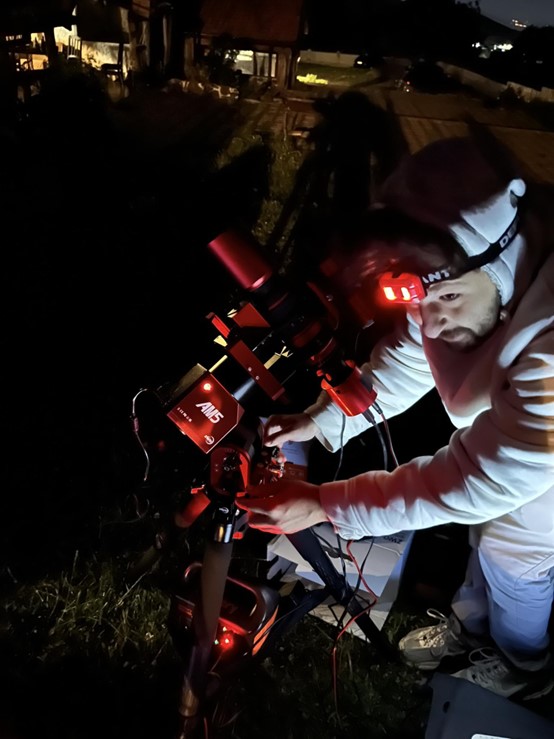
In my post-processing workflow, I utilize several tools and techniques to enhance the quality of my astrophotographs. Initially, I employ Astro Pixel Processor for stacking multiple images, ensuring optimal signal-to-noise ratio. Subsequently, I import the stacked image into PixInsight for further processing, where I perform background extraction to eliminate unwanted noise and artifacts. I then calibrate color using SPCC Color Calibration and apply additional enhancements using tools such as BlurXTerminator and other RC Astro plugins.
For certain images, such as the Great Cluster Nebula, I opt not to separate stars from the background during processing. Instead, I import the image directly into Photoshop.
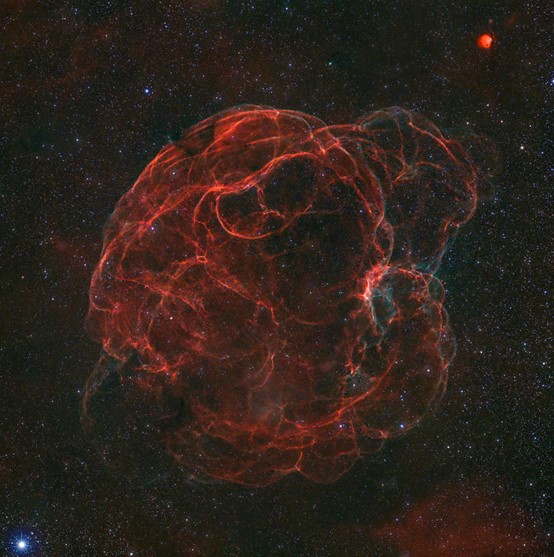
Absolutely! One of the most memorable experiences I’ve had in astrophotography occurred last summer during the Perseid meteor shower. Inspired by the celestial spectacle, I decided to organize a gathering for fellow astronomy enthusiasts to witness this breathtaking event. We gathered in a picturesque location away from city lights, equipped with cameras and binoculars, eagerly anticipating the meteor shower.
As the night progressed, streaks of meteors illuminated the sky, leaving everyone in awe of nature’s beauty. We were capturing the mesmerizing display, exchanging stories, and sharing tips on astrophotography techniques. It was a magical night filled with laughter, camaraderie, and unforgettable moments under the stars.
What made this experience truly special was the sense of community and shared passion for astronomy. Watching the Perseid meteor shower together forged bonds and created memories that will last a lifetime. It was a reminder of the power of the cosmos to bring people together and inspire wonder in the universe. My passion for this subject has motivated me to teach others what I have learned.
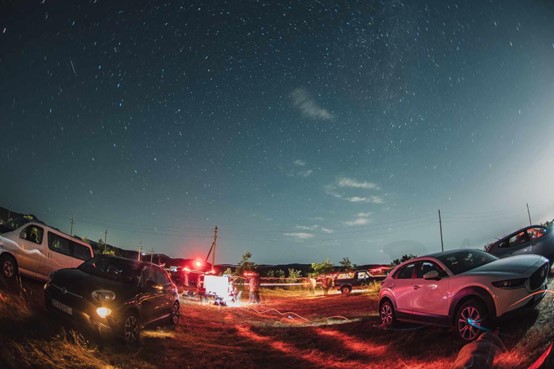
In recent years, astrophotography has seen remarkable growth, especially in my country. It’s been a period of innovation, with advancements in technology making it more accessible. There’s a growing interest in astrophotography, and I’m proud to be a part of spreading this passion in my community. With improved equipment and software, enthusiasts are capturing breathtaking images, driving the field forward.
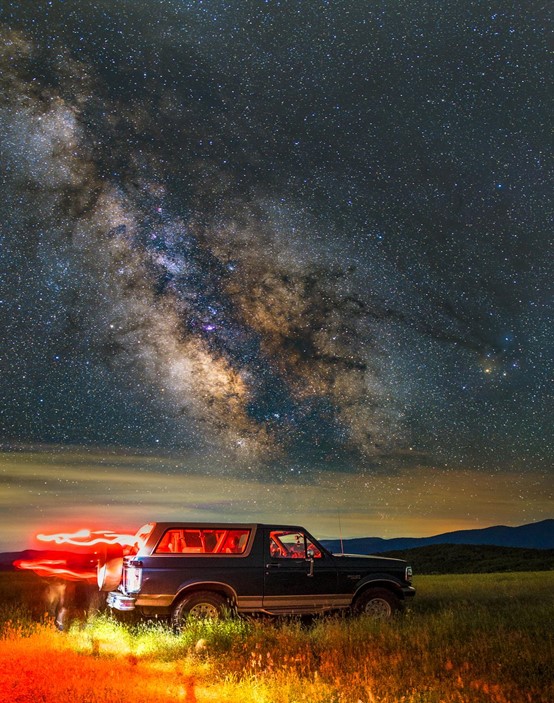
Start simple with basic equipment, learn exposure settings, and practice in dark-sky locations. Be patient, embrace challenges, and enjoy the process of capturing the night sky’s beauty.
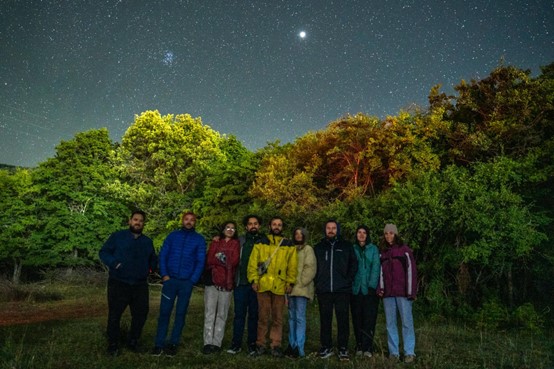
I currently use four ZWO products for my astrophotography setup. My first ASI camera is the ZWO ASI533MC Pro, which has been an integral part of my imaging journey. Additionally, I utilize the ZWO ASI120MM guide camera for precise tracking, Zwo EAF and the ZWO AM5 mount, which is a crucial component of my equipment setup
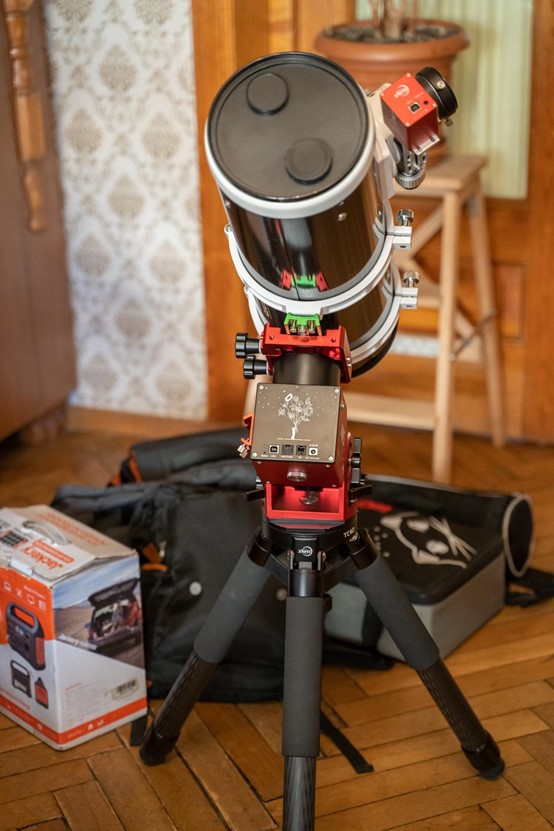
Certainly! I’m eagerly awaiting the Milky Way season to commence, as I have exciting plans to organize a special event for my city’s community. I’ve identified a unique location near the city where I’ll be gathering people for a night of stargazing and astrophotography. It’s an opportunity for enthusiasts to come together and appreciate the beauty of the night sky while capturing stunning Milky Way landscapes.
As for my next astrophotography target, I’m particularly excited to shoot the Rho Ophiuchi clouds. These colorful and intricate nebulae present a captivating subject for astrophotography, and I’m looking forward to capturing their beauty in the night sky.
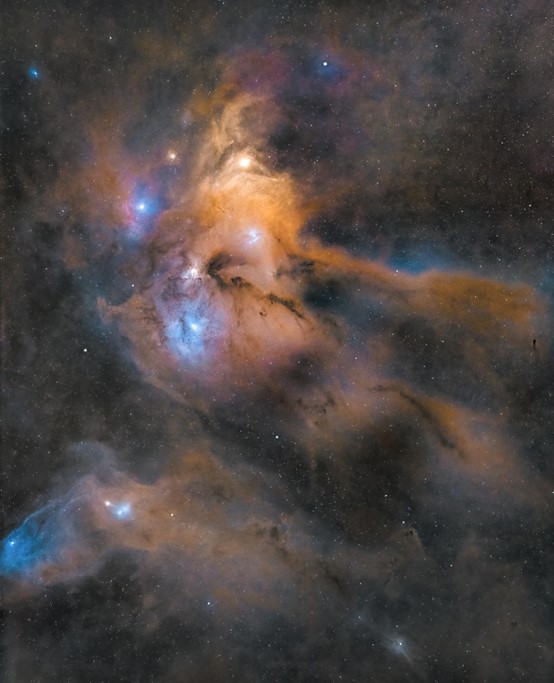

Recently, a major discovery by an international team of amateur astronomers and scientists has become a huge online hit, and this new discovery is just located in one of the
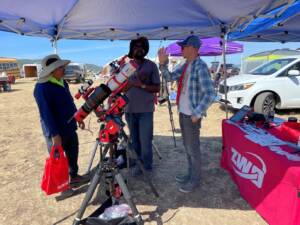
From June 25th to June 29th, under the pristine, dark skies of Northern California, nearly 500 stargazers, astrophotographers, and cosmic dreamers gathered for the Golden State Star Party (GSSP)—a celebration
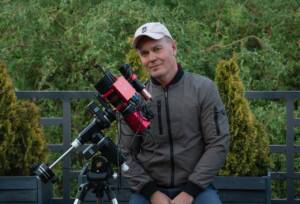
“Ever since I was a kid, I’ve been fascinated by the universe.”“I wouldn’t say it has changed me fundamentally, but it’s definitely become an important part of my life.”That simple
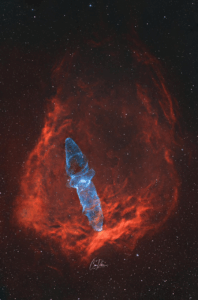
To most people, this might just look like a pretty picture. But to astrophotographer Cem Diken, it’s the result of three years of chasing a nearly invisible ghost in the

I was born in Guadalajara, I’m 38 years old, a musician, communications and electronics engineer, and president of the Guadalajara Astronomical Society A.C. since 2020. First Contact with Astronomy Since
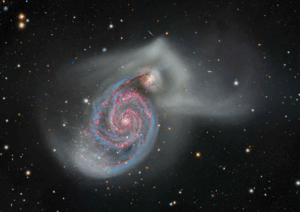
This stunning collaborative project comes from astrophotographers Alex Linde and Thomas Hansson, who joined forces across borders to photograph the Whirlpool Galaxy from Sweden, Poland, and Texas, USA. Thomas traveled across